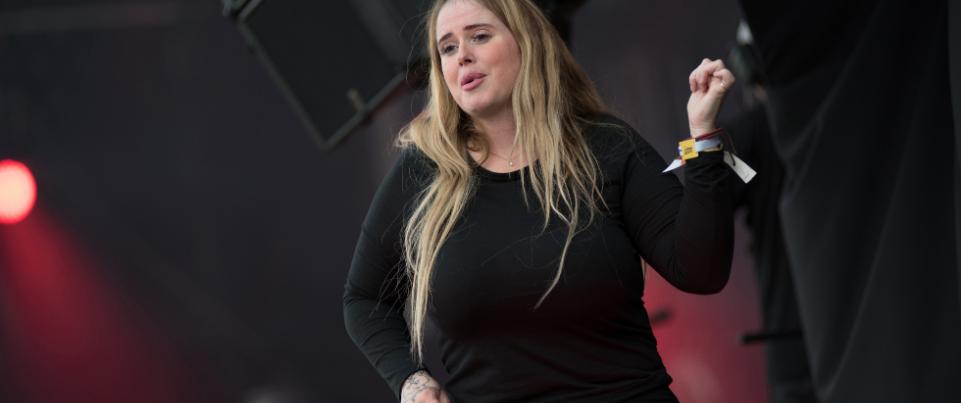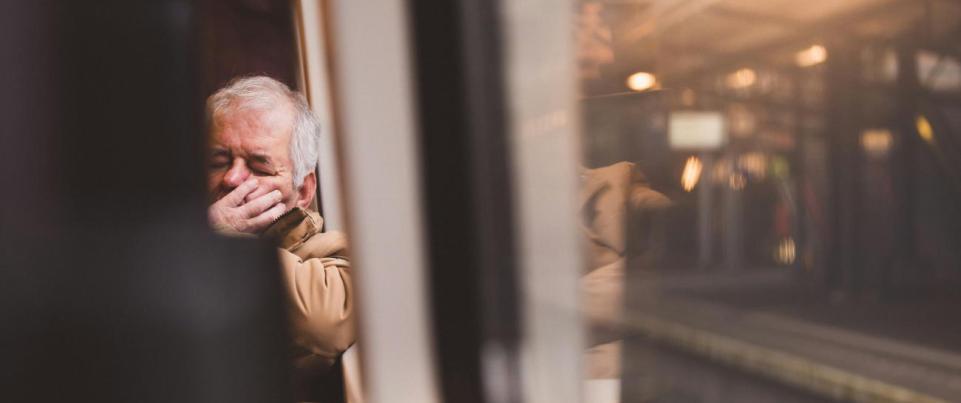
Why does some music make us want to dance more than others? This is the question that a research team from the Institute of Systems Neurosciences (AMU/Inserm) set out to answer by studying the desire to dance (also known as "groove") and the brain activity of 30 participants listening to music.
|
Key points to remember:
|
Dancing means action. But to dance to the sound of a melody, you still have to coordinate your actions with the rhythm of the music. Previous studies have already shown that the motor system (consisting of the motor cortex and all the brain structures and nerve pathways which, under its control, participate in the execution of movement) plays a crucial role in the brain’s processing of musical rhythms.
Groove, the spontaneous desire to dance to music
‘Groove’ is the spontaneous desire to dance to music. But while some music has us immediately heading for the dance floor, others leaves us indifferent. So what is it that makes some music more ‘groovy’ than others?
A research team led by Benjamin Morillon, Inserm researcher at the Institute of Systems Neurosciences (Inserm/Aix-Marseille Université), looked at the neural dynamics (i.e. the interactions between neurons resulting from the electrical activity of the brain) of 30 participants when they listened to pieces of music whose rhythms were of greater or lesser complexity. This was to determine the brain mechanisms involved in the emergence of the groove sensation.
To do this, the team started by creating 12 short melodies comprised of a rhythm of 120 beats per minute – or 2 Hz, the average rhythm generally found in music. Each melody was then modified in order to obtain three variants with an increasing degree of syncopation (low, medium, high) – i.e. with an increasingly complex rhythm, but without changing either the speed of the rhythm or the other musical characteristics of the melody.
Listen to the melodies and score the groove level
The researchers then asked the participants to listen to these melodies while recording their brain activity in real time using a magnetoencephalography (MEG) device. At the end of each melody, the participants were asked to score the level of groove felt.
They also created a so-called ‘neurodynamic’ mathematical model of the neural network that describes in a simple way the brain calculations required for the emergence of the groove.
The experience of the groove as reported by the participants – and reproduced by the neurodynamic model – appeared to be correlated with the rate of syncopation. As observed in previous studies, the desire to move to music was highest for a rhythm with an intermediate level of syncopation, i.e. not too simple or too complex.
Temporal anticipation of tempo
" These findings show that the motor engagement linked to the groove is materialised by a temporal anticipation of the tempo. At brain level, this is based on a dynamic balance between the temporal predictability of the rhythm (the less complex the rhythm, the better it is) and the listener’s temporal prediction errors (the more complex the rhythm, the more errors they make) ", explains Arnaud Zalta, first author of the study and post-doctoral fellow at ENS-PSL.
Analysis of the participants’ brain activity then enabled the researchers to highlight the role of the left sensorimotor cortex as coordinator of the neural dynamics involved in both auditory temporal prediction and the planning and execution of movement.
" The brain region which is the site of the left sensorimotor cortex is currently considered to be the potential cornerstone of sensorimotor integration, essential for the perception of both music and speech. The fact that it appears in our study as necessary for ‘cooperation’ between the auditory and motor systems reinforces this hypothesis, especially as we are using natural stimuli here ", concludes Benjamin Morillon.
We don't move by choice, but by instinct
The work of Benjamin Morillon and his team on music had already been highlighted in season 3 of the Echosciences Provence-Alpes-Côte d'Azur EchoScientifiques videos, based on an original idea by Play Azur and coordinated by the Gulliver association.
The idea? These videos, created by youtubers in collaboration with scientists from the Southern Region, tell us more about current research projects in a wide range of disciplines.
Watch the video made by youtuber Scilabus with Benjamin Morillon:
Aix-Marseille University (AMU) follows CNIL guidelines
The platform that broadcasts this content conditions its reading to the deposit of tracers in order to offer you targeted advertising according to your navigation.
By clicking on 'I authorize', the cookies will be deposited and you will be able to view this content.
You can find the full interview between Scilabus and Benjamin Morillon on the Science-o-thèque.
You will also find all the EchoScientifiques videos in which researchers from the research units co-supervised by Aix-Marseille Université have taken part. Happy viewing!
Reference: Arnaud Zalta et al, Neural dynamics of predictive timing and motor engagement in music listening. Sci. Adv.10,eadi2525(2024).
Article published April 5, 2024 in Infuse. Read the original Inserm press release.











